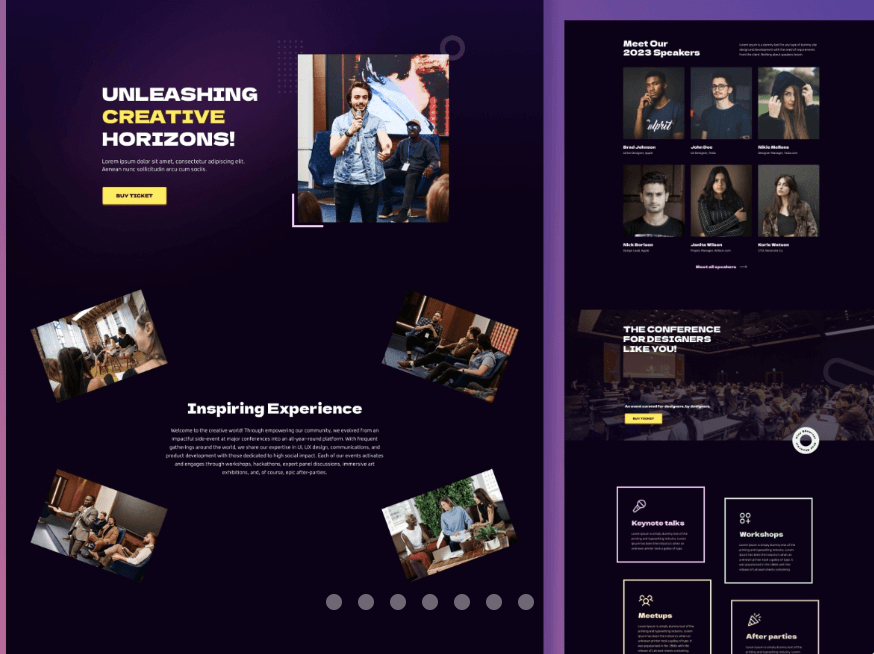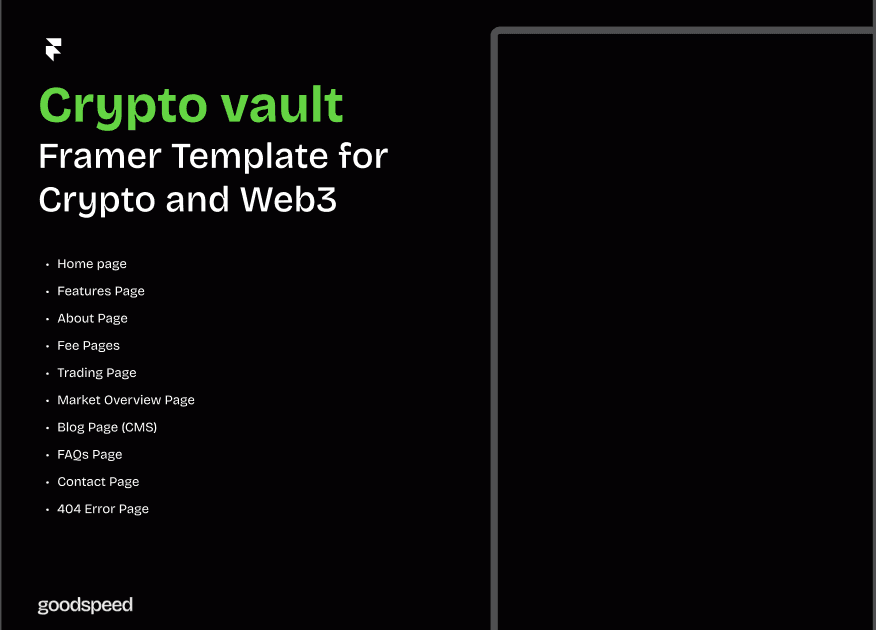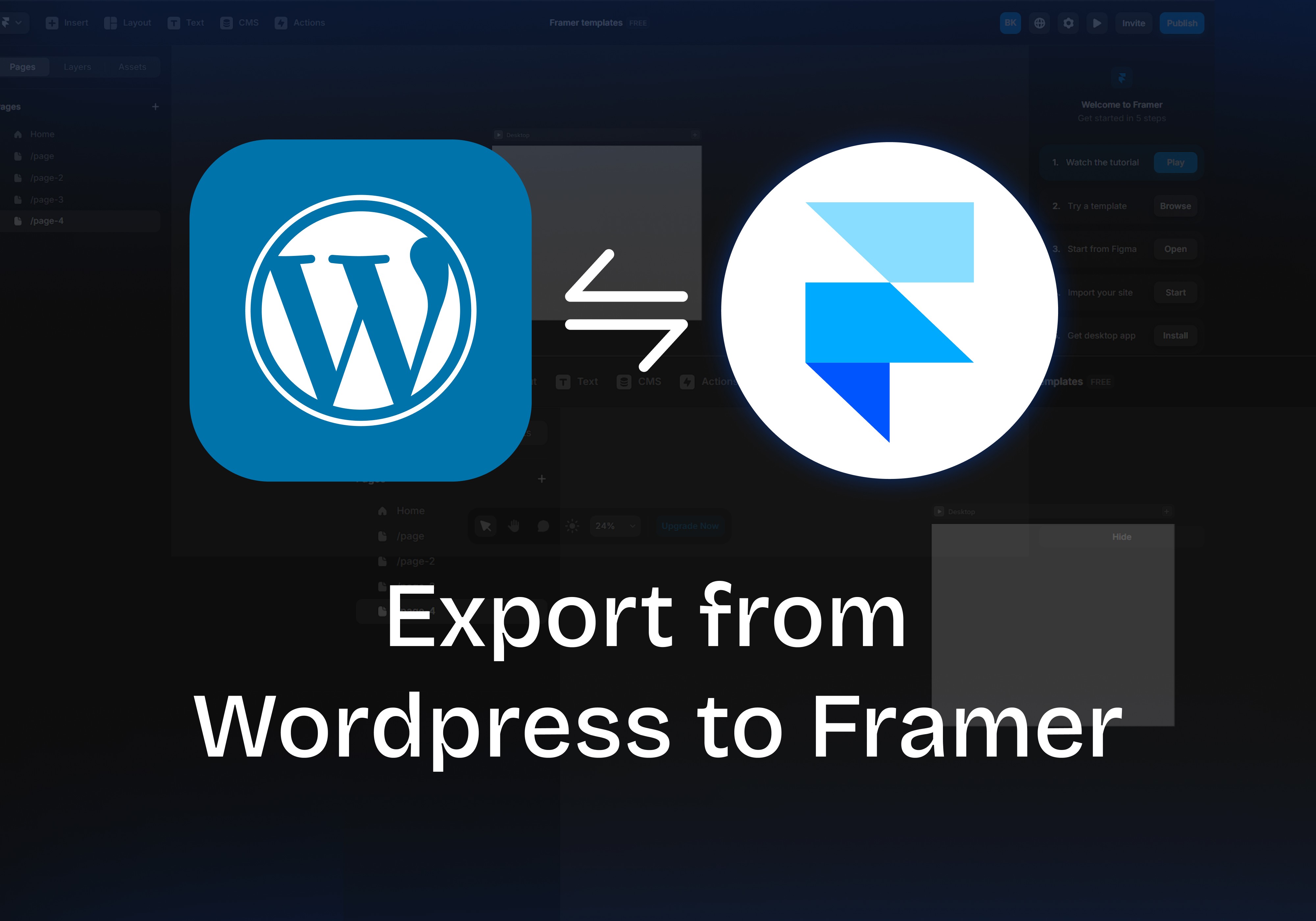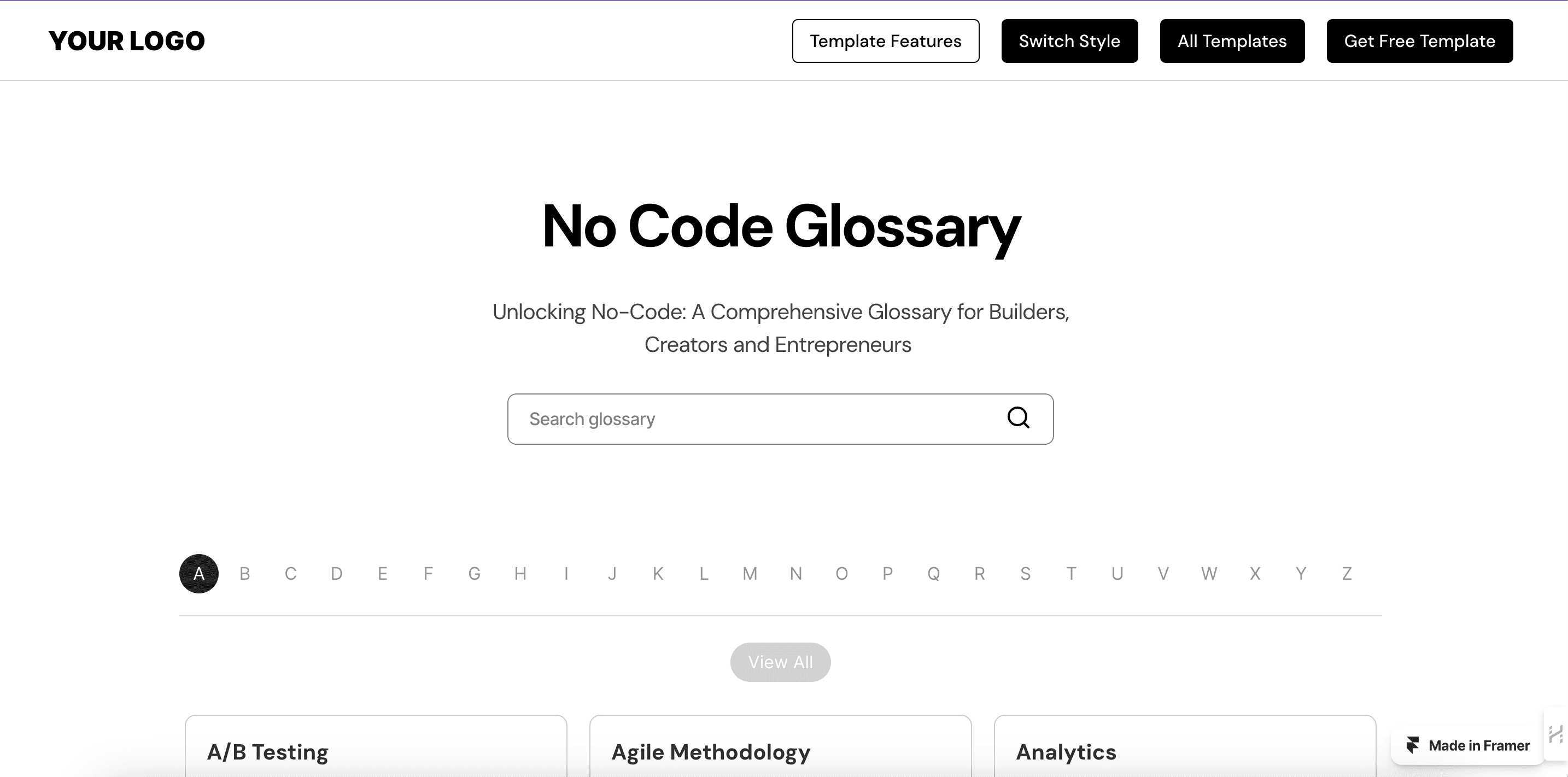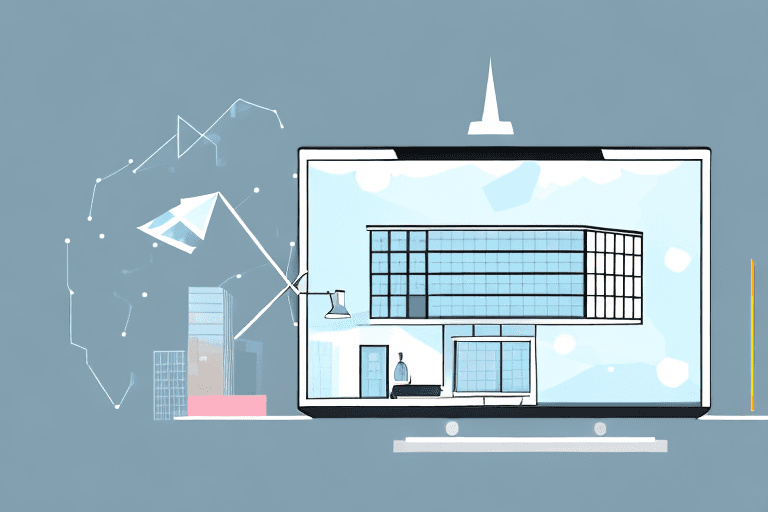Table of Contents
30 Nov 2023
No One Cares If It's Built with No-Code Development. They Just Care That It Works. Do You Agree?
A Discussion on No-Code Development and Its Place in the Tech Industry
No-code development is shaking up the tech industry, democratizing software creation and boosting efficiency. But is it a magic wand or just a trendy tool? This discussion explores both its potential and limitations, arguing that the future lies in a hybrid approach where no-code empowers citizen developers while traditional coding tackles complex projects. Buckle up for a ride through the present and future of software creation!
The Rise of No-Code Development platform
No-code platforms provide drag and drop interfaces, pre-built templates, and visual development tools that enable anyone, regardless of technical expertise, to build software applications. This has lowered the barriers to entry for software development, allowing individuals and businesses to quickly prototype and test their ideas without the constraints of traditional coding.
Arguments in Favour of No-Code Development
People who like no-code platforms like to talk about their good parts.
Accessibility: No-code platforms are accessible to a wider audience, democratizing software development and empowering individuals with limited coding experience.
Speed and Efficiency: No-code platforms can significantly reduce development time, allowing for faster prototyping and iteration.
Cost-Effectiveness: No-code platforms can be more cost-effective than traditional coding, especially for small businesses and startups.
Arguments Against No-Code Development
Critics of no-code platforms often raise concerns about their limitations:
Flexibility and Customization: No-code platforms may not offer the same level of flexibility and customization as traditional coding.
Scalability: No-code applications may not be as scalable as traditional code-based applications, especially for large-scale projects.
Vendor Lock-in: Proprietary no-code platforms may create vendor lock-in, making it difficult to switch to other platforms or in-house development.
Evaluating the Statement: "No One Cares If It's Built with No-Code tool and developer. They Just Care That It Works."
The statement "No one cares if it's built with no code. They just care that it works" captures a fundamental aspect of the no-code movement: the focus on functionality over coding methodology.
However, this statement should be considered within the context of the specific project and the needs of the stakeholders. Businesses and individuals should carefully evaluate the suitability of no-code platforms, considering factors such as:
Complexity of the project: No-code platforms may not be suitable for highly complex projects with intricate logic or performance requirements.
Regulatory Compliance: Ensure no-code applications comply with data privacy laws like GDPR, meet investor standards, follow safe data handling practices, and adhere to intellectual property laws to maintain legal and ethical integrity.
Long-term scalability: For projects with anticipated growth, the scalability of no-code platforms should be carefully assessed.
Integration with existing systems: The ability to integrate no-code applications with existing systems is crucial for seamless operation.
The Future of No-Code Development
No-code platforms are rapidly evolving and becoming more sophisticated, addressing some of the limitations raised by critics. As no-code platforms mature, they are likely to play an increasingly significant role in the software development landscape, complementing traditional coding and enabling a broader range of individuals and businesses to create innovative solutions.
Key Takeaways
No-code platforms have democratized software development, making it accessible to a wider audience.
No-code platforms offer advantages in terms of speed, efficiency, and cost-effectiveness.
No-code platforms have limitations in terms of flexibility, scalability, and vendor lock-in.
The suitability of no-code platforms depends on the specific project requirements and stakeholder needs.
No-code platforms are evolving and will continue to play an important role in the software development landscape.
The rise of no-code platforms has democratized software development, making it accessible to a wider audience beyond professional developers. While traditional coding remains essential for complex systems, no-code platforms empower individuals and businesses to create functional software applications without extensive coding expertise.
No-code platforms offer several advantages, including increased accessibility, faster development cycles, and cost-effectiveness. Examples of no-code platforms include Zapier, Webflow, and Adalo. However, no-code platforms also have limitations, such as reduced flexibility, scalability constraints, and potential vendor lock-in.
The decision of whether to use a no-code platform should be based on the specific project requirements and stakeholder needs. Factors such as project complexity, regulatory compliance, long-term scalability, and integration with existing systems should be carefully considered.
As no-code platforms continue to evolve, they are likely to play an increasingly significant role in the software development landscape, complementing traditional coding and enabling a broader range of individuals and businesses to create innovative solutions.
Frequently Asked Questions (FAQs)
1. What is no-code development?
No-code development refers to the process of creating websites, applications, or software without the need for traditional programming or coding skills. It enables business users to build applications using visual development environments and drag-and-drop tools, allowing them to focus on the functionality and workflow rather than coding.
2. How does a no-code platform work?
A no-code platform provides users with everything they need to build apps and software applications without writing a single line of code. It allows citizen developers to create web apps, mobile apps, and more, using pre-built templates and a visual development environment that simplifies the development process.
3. Why should I use no-code development?
Using a no-code solution can significantly speed up the development process and empower users to build an app without code or low-code. It allows business users to automate processes, create custom applications, and better serve their specific needs without the requirement for traditional coding expertise.
4. Can I build complex applications and mobile applications with no-code development?
Yes, no-code app builder has also some limitations. Many platforms enable users to create robust software applications with advanced functionalities. Everything you need to build a better app development works and can be achieved through a no-code app building and application development platform, allowing users to create and deploy custom solutions.
5. How does no-code development differ from traditional coding best practices?
No-code development allows users to build applications visually and functionally without writing custom code. It is aimed at allowing users to focus on the functionality and user interface rather than spending time on writing code. Traditional development team in contrast, involves writing custom code for each




